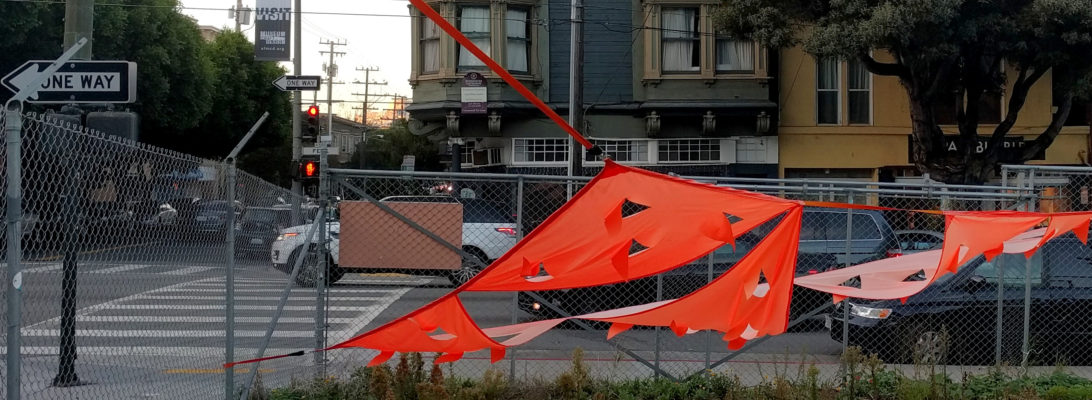You’ve probably already seen this graphic (below). It’s all over the NY Times, Huffington Post, and our favorite love-to-hate-‘em Slow Food USA. I’m proud to announce that the newest foodie and gardener graphic du jour originates from my great home state of Maine, via Kitchen Gardens International. Unfortunately, I don’t think KGI is generating the web traffic they could be from this little coup. It’s a thought provoking image, and not exactly surprising if you’ve been following the “great food debate” in the US over the past several years.

Of course, it’s not as simple as a graphic – it never is – and the complexities of the industrial agriculture system, US eating habits, and tax subsidies are terribly difficult to untangle. It would be wonderful if every American had a “kitchen garden” like the White House does, where White House chef Sam Kass even cooks with the produce. Unfortunately, between the fact that rural living and small homestead gardens have been replaced with monocultured industrial operations and paved over ex-urbs (with their attendant homeowners association rules and driveways), combined with the growth in urban living, means that the actual ability to grow a garden is massively constrained.
While urban farming has become trendy enough on paper, in blogs, and in dreamy-eyed undergraduate power-point presentations – it is not a complete solution for the needs of many urban dwellers. in addition to the obvious issue of land use in urban areas, there are also problems of history (lead, sewage, and carcinogens built up in heavily used urban soils) and more prosaic modern problems (urination, theft, dog and cat feces, lack of light, and vandalism).

“My Intenational Life” a cartoon via Grist
Those who own their own property or have access to a rooftop or deck are already the lucky ones in most urban areas – and their carefully enclosed container gardens and raised beds are often featured in stylish blogs and publications like Dwell and Sunset. The trend has even spawned a cartoon on eco-friendly website Grist (above). Personally, I miss my garden from DC. No, I don’t miss the 95 degree heat and humidity – but I was lucky to have a square of earth by my front stoop where I was able to grow a profusion of cucumbers and herbs (the tomatoes were admittedly a failure). Here in San Francisco, I’m surrounded by people who trumpet the triumph of the community garden, but in reality, I live in a dark walk-up apartment building and am not allowed access to the roof. As in the tradition of many San Francisco neighborhoods I’ve seen, there are apparently no stoops, no front gardens, and no curb plantings on many of these supposedly beautiful Victorian era streets.

Photo of those massively unattractive sidewalk-fronting garages via sf.streetsblog.org
Not only is this lack of greenery unattractive and detrimental to the streetscape (not to mention permeability to rain, as I’ve discussed before), but it also reduces opportunities for inner-city dwellers to develop their green thumbs and maybe supplement their salads with some fresh sorrel. While I’m pleased to see that there are many thriving urban and community gardens in the area, I would like to see even more green spaces and unused spaces opened up to growing attractive or even nutritious greenery.

Hayes Valley Farm SF
As I imagine how impossible it would be for me to access a community garden even once a week right now (since I’m not walking as I heal from an accident), I imagine that the elderly and others would also not regard a community garden a mile away as a viable alternative to the possibility of simply having a couple containers in a sunny spot near their apartment, where they could tend them daily. These are certainly interesting issues to think about, and I look forward to a continued debate as I begin my work here. The sooner that gardening for food and pleasure is considered to be a beneficial and even property enhancing pasttime, the sooner we will see less abandoned and cracked concrete, useless parking lots, sunburned and parched “lawns” and overgrown and trash-strewn shrubbery in our neighborhoods.
